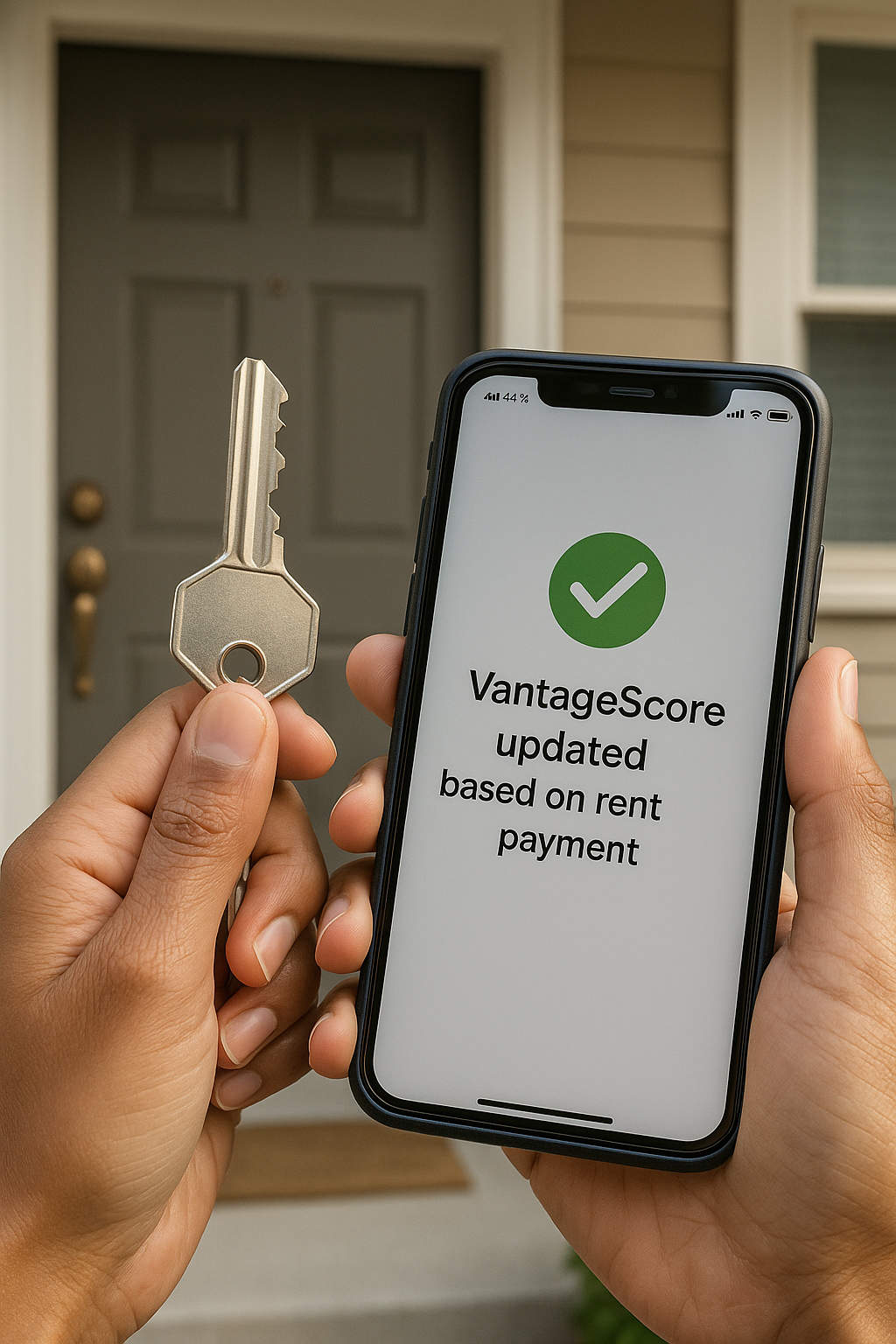
Starting your professional life in the U.S. comes with a unique mix of ambition, drive, and the very real need to secure your financial future. Whether your goal is buying your first home, a top financial goal for 68% of U.S. Latino respondents (BMO’s latest Latino Real Financial Progress Index) or simply building wealth for the next generation, you need an investment strategy that works for us.
When we talk about investing, stocks often get all the attention. But for a solid foundation, especially as we learn to manage risk (comprehending risk is one of the lowest areas of financial literacy among U.S.-born Hispanics, at 38% correct answers on average, according to TIAA Institute GFLEC Personal Finance Index 2017), bonds are essential.
Bonds might sound complicated, but the core idea is simple: A bond is a loan you make to a borrower, like the U.S. government or a major corporation.
Here’s a breakdown of how this fixed-income foundation works and why it belongs in our portfolio.
What Are Bonds and How Do They Work?
Think of a bond like being the padrino (godparent or sponsor) of a financial project. You lend money, and the borrower promises to pay you back with interest.
The Bond Blueprint
When an entity needs to raise money (for a new infrastructure project, to expand a business, or simply to fund its operations), it issues a bond.
- You Buy the Bond (The Loan): You give the issuer a specific amount of money, which is the bond’s face value (e.g., $1,000).
- You Receive Interest (The Return): The issuer pays you interest at a fixed rate, called the coupon rate, usually semi-annually (twice a year). This gives you a steady stream of income.
- Maturity (The Repayment): The bond has a maturity date. When this date arrives, the issuer pays you back the original face value (the $1,000 principal).
Unlike stocks, which give you ownership in a company, bonds make you a creditor. You are prioritized for repayment over stockholders if the issuer faces financial trouble.
Two Core Types of Bonds for Your Portfolio
To build a truly resilient portfolio, we need to understand the difference in risk and return between the two main categories of bonds available to U.S. investors.
1. U.S. Government Bonds (Treasuries)
These are bonds issued by the U.S. federal government, commonly referred to as Treasuries (Treasury Bills, Notes, or Bonds).
| Feature | Details and Relevance to You |
| Risk | Lowest Credit Risk. These are backed by the “full faith and credit” of the U.S. government, meaning they are considered almost risk-free from default. You are guaranteed to get your principal and interest back if you hold them to maturity (Investopedia). |
| Purpose | They finance government operations and crucial public projects. |
| Yield (Return) | Generally Lower Yields. Because the risk is minimal, the return is typically lower compared to corporate bonds. |
| Tax Advantage | Interest income is exempt from state and local taxes, which can be a meaningful advantage depending on the state where you live and work (Vanguard). |
| Investor Profile | Great for risk-averse investors and for saving toward a specific short- to medium-term goal where capital preservation is key. |
2. Corporate Bonds
These are bonds issued by private companies to raise capital for things like new equipment, research, or large-scale expansion.
| Feature | Details and Relevance to You |
| Risk | Higher Credit Risk. A company can, in theory, default (fail to pay) on its loan. The level of risk depends entirely on the company’s financial health, which is assessed by credit rating agencies. |
| Purpose | To fuel the American economy. By buying a corporate bond, you are directly helping a company grow, which is especially relevant as Latino-owned businesses are a rapidly growing segment of the U.S. economy. |
| Yield (Return) | Generally Higher Yields. Companies must pay a higher interest rate than the U.S. government to compensate you for taking on that higher risk. |
| Liquidity | Varies. Bonds from large, stable corporations are often easy to sell, but bonds from smaller companies may be less liquid (meaning harder to sell quickly). |
| Investor Profile | Suitable for those who have a longer time horizon and are willing to take on moderate risk in exchange for higher potential income. |
Making Bonds Work for Our Financial Goals
For young investors in our community, the benefit of bonds is not just the steady income; it’s the balance they bring to a portfolio.
- Lowering Overall Portfolio Risk: While stocks (which represent ownership) are designed for growth and higher risk, bonds are designed for stability. When the stock market is volatile, bonds often remain stable or even increase in value, acting as a crucial safety net for your investments.
- Achieving Diversification: Diversification is simply not putting all your huevos (eggs) in one basket. By holding a mix of U.S. Treasury bonds (stability) and Corporate Bonds (higher income potential), you protect your wealth from major swings in any single market sector.
- Predictable Income Stream: The fixed interest payments (coupons) can be a welcome source of passive income that can be reinvested to build wealth faster.
We, as a community, are driving significant economic growth in the U.S., but building individual wealth requires knowledge and strategy. Understanding how fixed-income assets like bonds work is a critical step in taking control of your financial future and ensuring nuestra familia builds lasting security.
👉 Ask Gabi, the “judgment free zone” for all of your financial questions!
Stay tuned! We got you!






